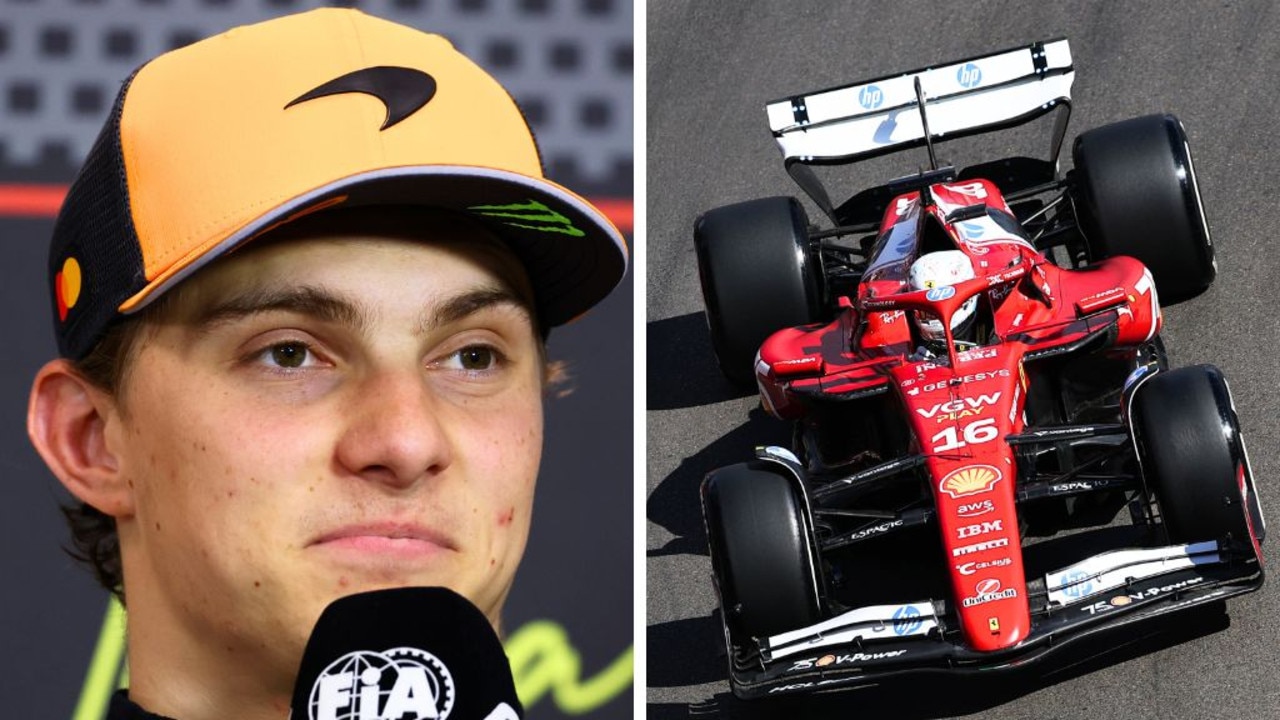Monaco GP: Australian motorsport’s bittersweet history with ‘holy grail’ of motor racing
Monaco remains the holy grail of motor racing, but it has been the home of more heartbreak than triumph for Australians who have endured a bittersweet history with the mecca of motorsport.

Motorsport
Don't miss out on the headlines from Motorsport. Followed categories will be added to My News.
For Australian Formula One drivers, nothing beats the Monaco Grand Prix.
As a race, Monaco is a dud spectacle because nothing much ever happens on the famous Monte Carlo street circuit.
As picturesque as they are, the narrow roads in Monaco are a killer for motor races because there’s not enough room for cars to overtake.
Routinely labelled the most boring race on the F1 calendar, Monaco has become a 260km procession with the cars all ending up just following each around in circles for 78 laps.
But for Aussie revheads, that hardly matters because Monaco is still the mecca of motorsport, where dreams are made and broken.
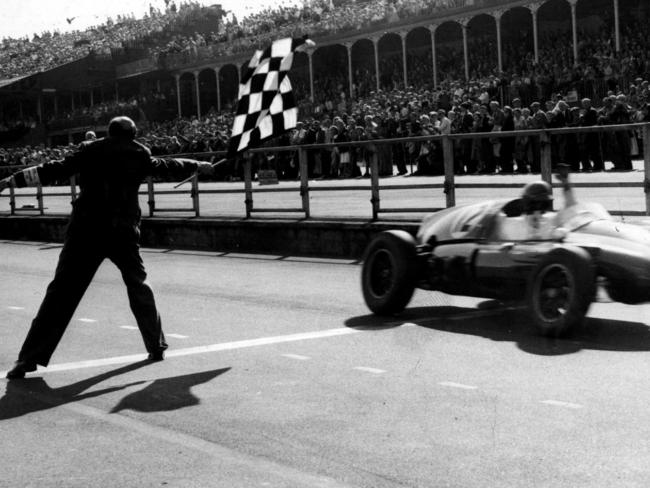
Steeped in history, Monaco has retained its place as the most prestigious race in the world because it attracts the rich and famous and takes place against a breathtaking backdrop, combining a Mediterranean harbour packed with yachts with elevated streets, a tunnel, and the famous Fairmont Hairpin, the slowest but best known corner in F1.
Aussie drivers have been going to the French Riviera track since the 1950s with ambitions of winning racing’s jewel in the crown, where the champion gets presented with their trophy and champagne from the Monaco royal family.
Just three Australians have succeeded in taking the chequered flag at Monaco – Jack Brabham, Mark Webber and Daniel Ricciardo – while Alan Jones and Oscar Piastri have come second.

It has been a bittersweet track for Australia’s drivers, who have endured more heartbreak than triumph.
Brabham won Monaco at his third attempt in 1959, the same year he won the first of his three world championships.
Driving a Cooper, Brabham qualified third fastest but crossed the finish line first when the two cars ahead of him both retired because of mechanical problems, taking the lead on the 81st lap of the 100 lap event.
He got a little lucky in 1959 but his attempts at winning a second Monaco crown were beset with misfortune.
He led the race in 1960 after starting second on the grid but spun into a wall after suffering a faulty gearbox. He returned to the pits and rejoined the race but was later disqualified after he had been given assistance pushing his car back on the track,
Brabham was again leading the Monaco Grand Prix in 1965 when his engine failed and he had to retire.
In 1967, Brabham started from pole position but his engine blew up on the first lap.
Then in 1970, at the age of 44 in his last season of F1, Brabham experienced his most gut wrenching moment at the glitzy circuit.
On course for a fairytale win, Brabham was one corner away from the finish line when disaster struck as he locked up his wheels and skidded into the barrier, allowing Jochen Rindt to get past and take the win with Brabham second.
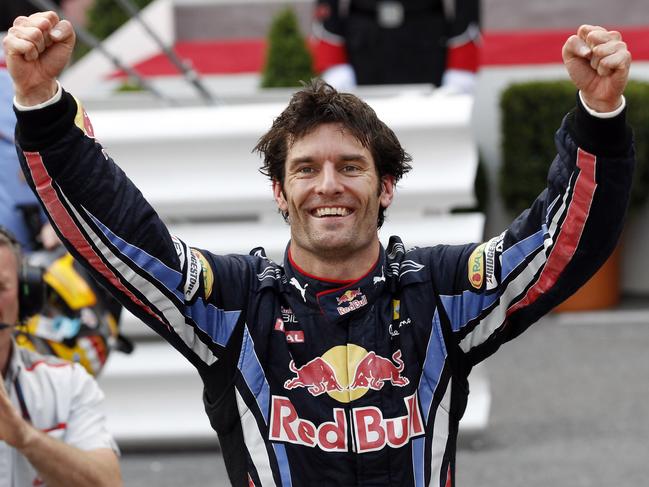
It was more than a decade later before another Aussie contended for the win at Monaco but Alan Jones was also a victim of cruel luck.
World champion in 1980, Jones raced at Monaco eight times but only made it to the finish twice.
He should have won in 1981 after he took the lead on lap 54 when Nelson Piquet, under enormous pressure from the Australian, crashed.
Jones proceeded to open up a huge lead and looked certain to win when his car began to sputter and misfire 11 laps from the end because of a fuel problem.
He was so far in front that he came into the pits so his mechanics could try and fix the problem but they were unable to. Although he returned to the track still ahead, he was helpless to prevent Gilles Villeneuve from overtaking him from laps from the end. Jones had to settle for second.

It took more than half a century before Australia’s luck changed and another Aussie won joined Brabham in the winner’s circle.
The first of Webber’s 41st career podiums was at Monaco in 2005 when he was driving for Williams.
After switching to Red Bull, Webber won Monaco for the first time in 2010, starting from pole and leading all the way, 51 years after Brabham.
Two years later, Webber won his second Monaco title from pole, the first and only Aussie to win multiple races at the famed circuit, and a year later he claimed another podium finish when he placed third.
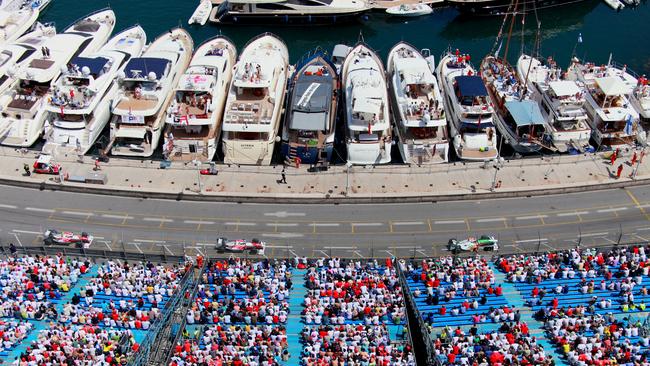
Ricciardo finished on the podium four times for Red Bull, in 2013, 2016, 2017 and 2018.
He accomplished his dream of winning the race in 2018, from pole position, but really should have won two years earlier.
He was leading the 2016 race comfortably from pole when he was called into the pits to change tyres only to discover his crew wasn’t ready. The valuable time that was lost cost him the lead and ultimately the race as he finished second behind Lewis Hamilton.
Piastri has only had two starts at Monaco but is one of the favourites to win this weekend after finishing runner-up in his McLaren last year.
Just 24, he’s already won at six different circuits around the world but says there’s something special about Monaco that elevates it above the rest.
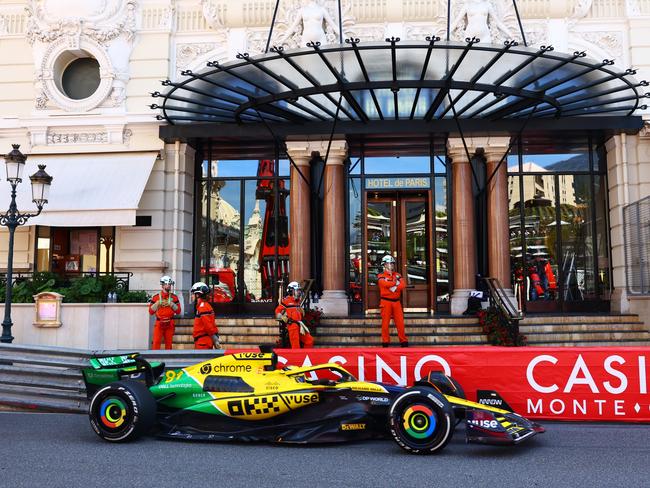
“A lot of reasons really,” Piastri said.
“I think when you look kind of at the backdrop we have here it becomes much easier to understand why.
“But I think the history of the race, I think that the actual circuit itself and I mean just where we are.
“I live here now so it’s a bit weird to say it’s kind of a dystopian place in some ways but it’s just so different to anywhere else in the world. It makes it very special and unique.”
Originally published as Monaco GP: Australian motorsport’s bittersweet history with ‘holy grail’ of motor racing



